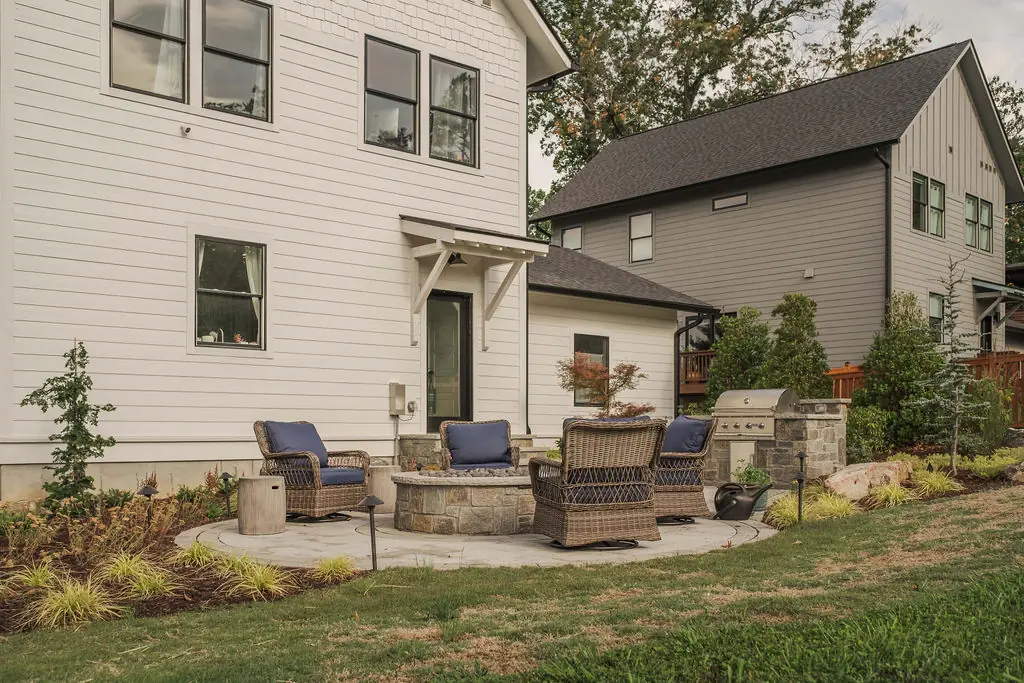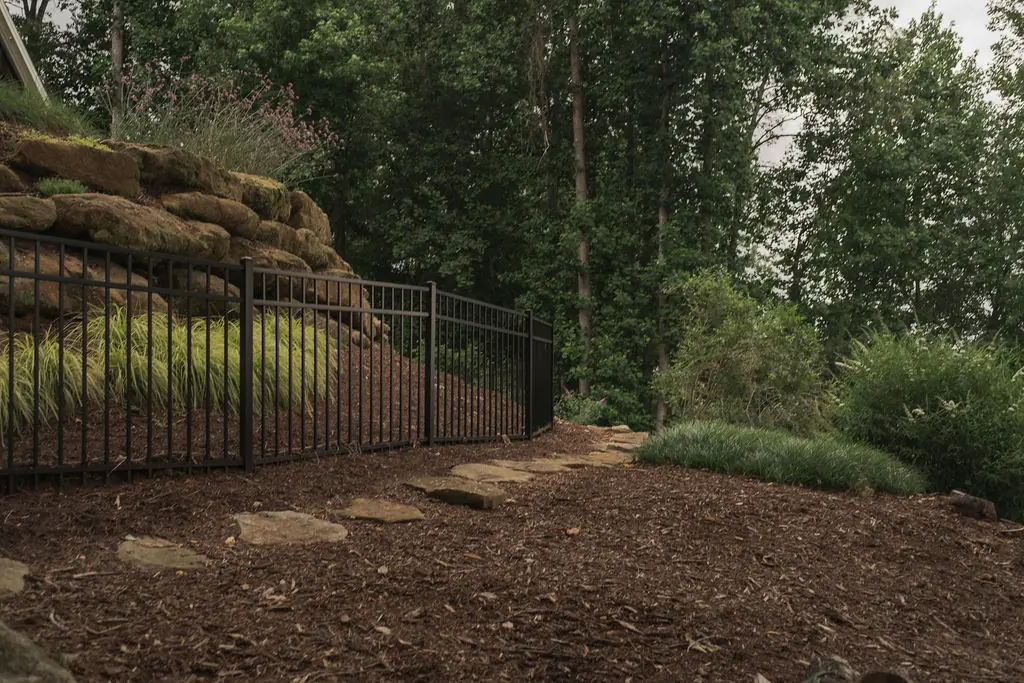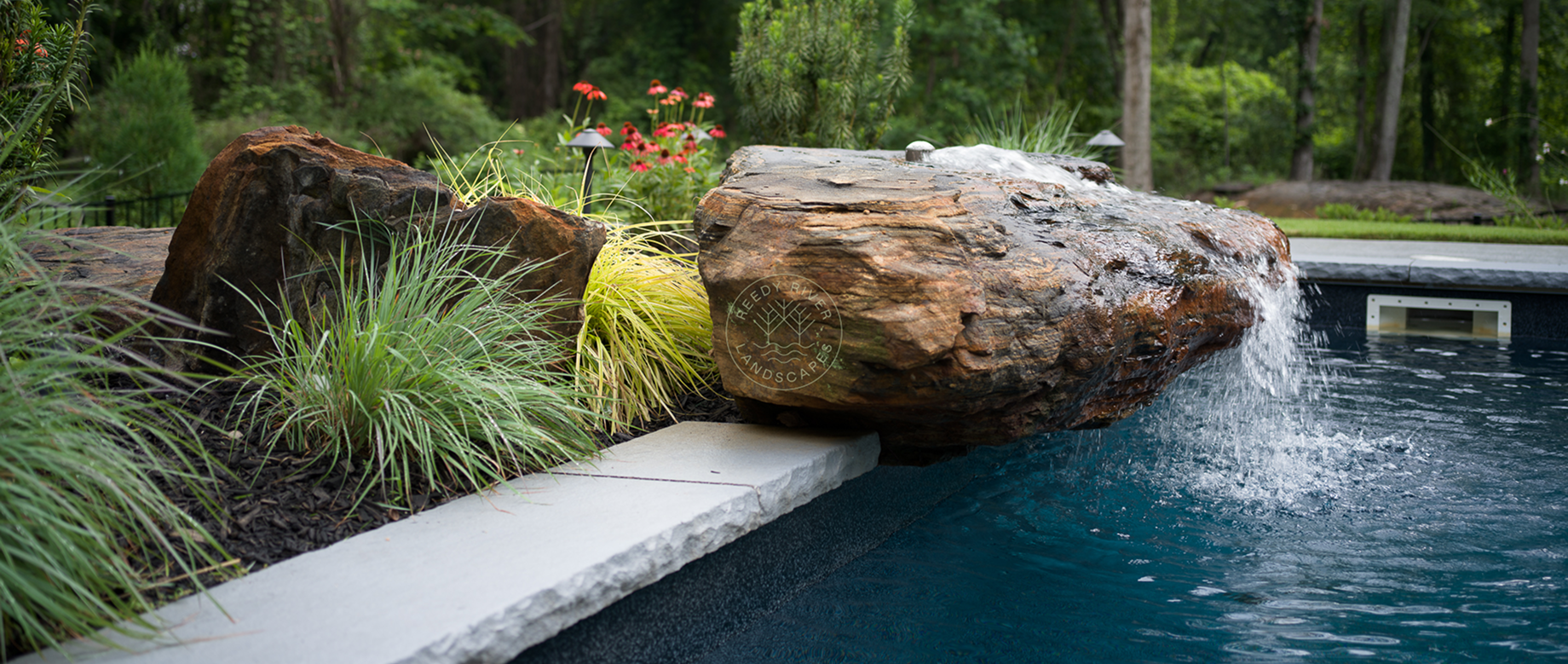Patio Design Services: Maximize Your Outdoor Living
Professional patio design services transform ordinary yards into luxury outdoor living spaces. Experts handle every step—from concept to construction—using smart zoning, layered lighting, durable materials, and seamless indoor-outdoor flow for comfort and style.

Why Hire a Patio Design Service?
The “Outdoor Entertainer” Mindset
For homeowners who thrive on hosting—whether it’s a weekend barbecue, a cozy wine night, or a lively birthday dinner—the patio is more than an outdoor feature. It’s an extension of lifestyle. Yet many patios fail to deliver because they lack thoughtful design. Furniture gets crammed into corners, lighting feels flat, and there’s no flow between indoor and outdoor zones.
Professional patio design services address these frustrations. They approach your yard as a flexible stage for entertainment, comfort, and beauty—aligning every design decision with how you live, not just how you want it to look.
What Professionals Bring to the Table
Design experts bring both creativity and practicality. They consider local climate, space constraints, existing architecture, and lifestyle needs to create a design that feels cohesive. A patio designer’s biggest advantage? The ability to balance aesthetic vision with engineering feasibility.
They visualize possibilities homeowners often miss: adding a pergola to frame an outdoor kitchen, creating traffic flow zones for large gatherings, or using elevation changes to define seating areas. With a professional, your patio doesn’t just look impressive—it functions seamlessly.

Typical Phases in a Patio Design Service
Discovery & Client Interview
Every great project starts with listening. Designers meet with you to understand your routines, entertaining style, favorite activities, and aesthetic preferences. Do you want a serene retreat or a lively social hub? Answers to questions like these shape every design decision.
Site Analysis & Constraints
Designers assess your space’s size, slope, sun exposure, and drainage. They also evaluate access points, privacy needs, and how your patio connects to the house. This step ensures the design not only looks great on paper but also works in real life.
Concept Design & Layout
Here’s where ideas come to life. Designers sketch layouts showing zones for dining, lounging, cooking, or fire features. For small spaces, they often use creative zoning—like combining dining and lounge furniture in multi-use areas.
Detailed Design & Material Selection
After feedback, the designer finalizes the layout and specifies materials—pavers, decking, lighting fixtures, furniture, and plants. They’ll ensure everything suits your climate and maintenance preferences while matching your home’s style.
Implementation & Project Management
Professionals coordinate contractors, order materials, and oversee installation. Their project management prevents common homeowner headaches like miscommunication, timeline overruns, or costly rework.
Post-Completion & Maintenance Guidance
A good designer doesn’t disappear after the last paver is set. Many provide maintenance schedules and seasonal update plans to help your patio stay fresh year after year.
Key Strategies Experts Use to Maximize Outdoor Living
Zoning for Activities
Experts divide patios into “rooms”—a dining zone, lounge area, cooking station, or fire pit circle. Each has its own layout, lighting, and furnishing style, yet all flow together visually.
Seamless Indoor–Outdoor Flow
Designers blur the boundary between inside and out by aligning flooring materials, matching color palettes, and ensuring sightlines connect key areas. Sliding or bifold doors help create a natural transition for entertaining.
Layered Lighting Design
Lighting is one of the most overlooked patio elements. Experts layer ambient, task, and accent lighting—using string lights, uplighting, and path lights to create mood and safety. Layered outdoor lighting is crucial for extending usability well past sunset.
Multi-Functional Elements
Benches with storage, extendable dining tables, or modular seating units help smaller patios perform double duty. These smart solutions are hallmarks of professional design.
Vertical Design for Impact
When square footage is limited, designers think upward—adding pergolas, vertical gardens, or wall-mounted planters. This gives dimension and privacy while maximizing every inch of space.
Climate Mitigation Features
Professionals integrate shade structures, fans, or heating elements depending on your region. Retractable awnings or misting systems ensure comfort year-round.
Durable, Beautiful Materials
From composite decking to porcelain pavers, designers prioritize materials that resist fading, cracking, and staining. Choosing the best materials for patio flooring ensures longevity with minimal upkeep.
Design Challenges & Expert Solutions
Small or Awkward Layouts
Compact spaces are a design playground for creativity. Designers might float furniture away from walls, use diagonal paver patterns to visually expand space, or install corner fire pits to free up floor area.
Slopes & Drainage
For sloped yards, retaining walls or tiered patios transform unusable land into dynamic terraces. Proper grading and drainage design prevent puddles and erosion—issues many DIY projects overlook.
Budget Constraints
Professionals know how to phase projects smartly: installing the core patio now and adding features like pergolas or outdoor kitchens later. They also help prioritize spending where it matters most—like durable surfaces and lighting.
Permits & Regulations
Experienced patio designers navigate building codes and permits for structures, plumbing, or electrical work. Their expertise ensures safety and compliance while avoiding delays.
Trends & Innovations in Patio Design
Outdoor Kitchens & Fire Features
Today’s patios often double as culinary hubs, complete with grills, prep counters, and bar seating. Fire pits or fireplaces add warmth and a natural gathering point for guests.
Smart Patio Technology
Wi-Fi-enabled lighting, automatic irrigation, and sound systems are now standard in premium patio design. Voice-controlled ambiance? Absolutely.
Sustainable Design
Eco-conscious homeowners love permeable pavers, native landscaping, and solar lighting. These green choices minimize runoff and energy use while blending beautifully with nature.
Modular Furniture & Flexibility
Foldable or modular pieces let you reconfigure spaces easily for small family dinners or large parties—key for outdoor living space design that adapts to your needs.

How to Choose the Right Patio Design Service
Check Portfolios & References
Look for designers whose past work aligns with your taste. Ask for before-and-after photos, client testimonials, and details about how they handle similar projects.
Understand Service Models
Some firms offer full turnkey design-build services; others provide design only. Choose based on your desired level of involvement and budget control.
Transparent Budgeting
Reputable patio design services provide clear estimates, itemized costs, and realistic timelines. Avoid vague quotes or overly optimistic promises.
Communication Is Key
Design projects thrive on collaboration. Ask about how designers handle revisions, updates, and site visits. The best ones keep homeowners engaged at every stage.
Before & After: Homeowner Transformations
Case Study 1: Small Yard, Big Personality
A narrow urban courtyard was transformed into a stylish entertainment hub. Designers used light-colored pavers, wall planters, and built-in benches to make it feel spacious. String lights and a compact fire bowl added evening charm—proof that even small patio optimization can deliver huge impact.
Case Study 2: Expansive Backyard Retreat
A large suburban property became a multi-zone paradise with a full outdoor kitchen, dining pergola, and poolside lounge. The designer used consistent materials and lighting for unity while framing views of the garden for a resort-like feel.
Maintenance & Longevity Tips
Seasonal Refreshes
Experts recommend light re-sealing, furniture care, and seasonal decor updates. These small tasks keep your space looking new year after year.
Material Upkeep
Clean composite decks with mild soap and water, reseal natural stone annually, and store cushions indoors during winter. A little maintenance goes a long way in preserving investment value.
Future Flexibility
Good design grows with you. Modular furniture, movable planters, and flexible lighting let you evolve your patio without starting over.
Quick Takeaways
- Patio design services turn your yard into a tailored entertainment space.
- Experts manage every phase—from concept to construction—to ensure beauty and function.
- Smart zoning, lighting, and materials make outdoor spaces inviting year-round.
- Modern trends include smart tech, modular furniture, and eco-friendly solutions.
- The right designer provides clear communication, transparent costs, and long-term value.
Conclusion
A patio should be more than an afterthought, it’s an experience. With professional patio design services, homeowners can transform everyday backyards into extensions of their home’s personality. For the outdoor entertainer, a well-designed patio offers flexibility, comfort, and wow-factor. From the initial concept sketch to the final lighting touch, experts know how to shape space, set mood, and bring people together.
Whether you’re dreaming of hosting a summer dinner under string lights or cozying up by the fire pit in fall, investing in expert design ensures your outdoor living space remains as functional as it is beautiful. Your patio becomes not just another area—but the heart of your home’s hospitality.
FAQs
1. What do patio design services include?
They typically cover consultation, design plans, material selection, and project management, sometimes even construction oversight.
2. How much do professional patio design services cost?
Costs vary widely by region and complexity. On average, homeowners spend between $2,000–$8,000 for design alone, with full installations ranging higher.
3. Can designers work with existing patios?
Yes, many specialize in redesigning or expanding existing patios rather than starting from scratch.
4. What’s the best material for low-maintenance patios?
Porcelain pavers, composite decking, and concrete with sealant provide long-lasting, easy-care surfaces.
5. How long does the patio design process take?
Design typically takes 2–6 weeks, depending on revisions and approvals. Construction may add several more weeks depending on scale.
Engage with Us
Ready to transform your outdoor living space into the perfect entertaining haven? Contact Reedy River Landscapes today to start designing a patio that fits your lifestyle, your home, and your vision for unforgettable outdoor gatherings.

